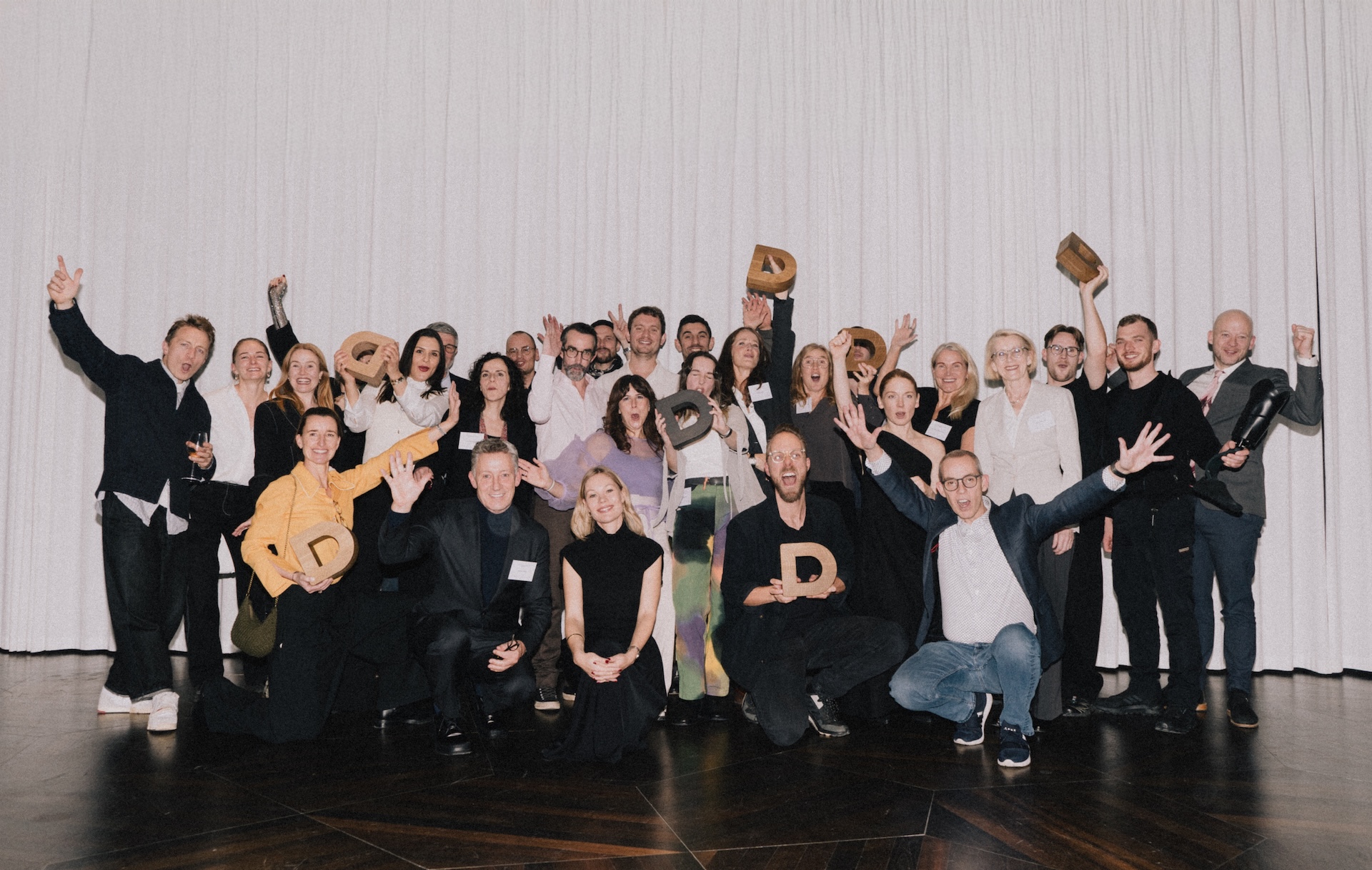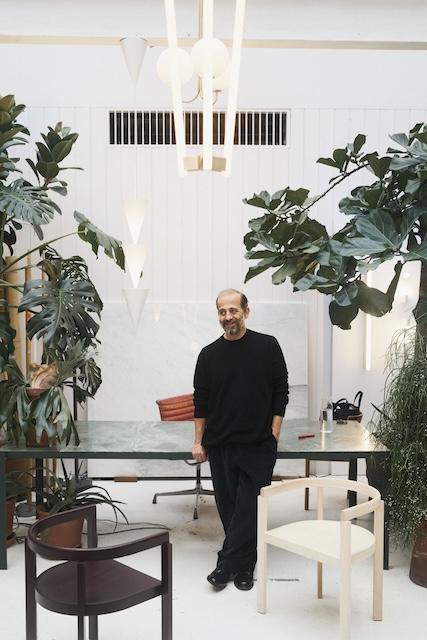The Difference Design Can Make
Sarah Lærke Stevens, CEO of Design denmark, reflects on the values shaping Danish design today.
What makes something truly well made?
We sat down with Sarah Lærke Stevens, CEO of Design denmark, to explore what values are important in design today — and how this year’s Danish Design Award winners reflect a new era of thoughtful design.
“When we talk about well–made design in a Danish context, there’s a common thread. It’s something we feel in our gut: aesthetics, function, form, quality, materials. But also something deeper — we have a word in Danish, dannelse, which is about being educated, thorough, empathic. That’s reflected in how we design: always with the user in mind, never more than what’s needed, always rooted in careful research and craftsmanship.”
For Stevens, well–made design is not a fixed standard, but a way of thinking. In a Danish context, it reflects an approach rooted in responsibility, empathy, and awareness of context. This mindset, she suggests, is not only embedded in Denmark's welfare system, but also in how Danish designers approach their craft: with the user in mind, with nothing superfluous, and always with deep care.
From classic chairs to contemporary challenges
Today, design must meet more criteria than ever to be considered well made. The definition itself isn’t static, it evolves with the world.
“A Finn Juhl chair or a Poul Henningsen lamp were perfect for their time: thoughtful, functional, beautifully crafted. Today, we expect design to go further. A contemporary design needs to be sustainable, repairable — and it still needs to solve a real problem. Designers today are almost like inventors.”
According to Stevens, what qualifies as 'well–made' is always tied to the time we live in. The Danish design canon includes many mid–century masterpieces, but the demands of today’s world require something else.
“There’s been a lot of talk in recent years about whether Danish design is stuck in the mid–century. Are we still just making chairs? I think the industry is in a bit of an identity crisis. We need to ask: what makes us relevant now?”
Designers are no longer just creators of beautiful objects; they're expected to be inventors, problem–solvers, and visionaries addressing urgent global challenges.
Five values for a new era of design
Navigating this balance is at the heart of the Danish Design Award, which Design denmark co–creates with the Danish Design Center. To guide the jury’s evaluation, the award is built on five core values: Design for Good, Pursue Beauty, Lead the Way, Prove Your Impact, and Solve Problems Worth Solving.
“They reflect what we believe design can and should do. Not just beautiful — but innovative, responsible, and relevant.”
These values are not just theoretical. They shape which design solutions are celebrated, and challenge the industry to think more deeply about the difference design can make.

The 2025 Danish Design Award Winners
Among the winners this year are designs that address some of today’s most pressing challenges, from the refugee and climate crises to improving everyday life for people facing taboo issues such as incontinence or anxiety. One of them is Digital Gateway, a digital platform created by UNHCR to provide refugees with access to critical, life–saving information, even under extreme conditions. Winner of Best of the Best, the platform exemplifies the award’s values: it solves a real problem, is based on user needs, and strips design back to its essentials to ensure clarity and functionality across all types of devices.
Other winning projects include:
- Homegrid, an intelligent energy system turning private homes into energy sources;
- Levitate Forever Series, a prosthetic leg designed for high–performance users;
- Obtinu, a discreet silicone plug to help manage incontinence;
- Thoravej 29, a creative co-working community with a mission for positive change;
- Clever Café, a green charging station that recharges both cars and people;
- Rumett, gypsum boards made with ash to reduce climate impact and improve fire safety;
- Løvskal Ochre, a natural pigment extracted from Danish soil.
Together, the winners offer a snapshot of where Danish design is headed, not just in form and function, but in responsibility and innovation. Sarah Lærke Stevens hopes that the award — besides celebrating well made design — can ignite something:
“I hope this year’s Danish Design Award will start a conversation. When people see the winner and finalists, I hope they feel inspired. That they see the range of what Danish design can be. Not just furniture, but also, digital design, spatial design, industrial design. I want people to go home and want to create something.”
At 3daysofdesign, our commitment extends beyond showcasing the latest trends in interior design and furniture. We strive to facilitate meaningful discussions, debate, and actively contribute to pushing forward a more sustainable approach within the realm of interior design and furniture business. Join us in our mission to inspire positive change and promote a greener, more responsible future for the industry.




